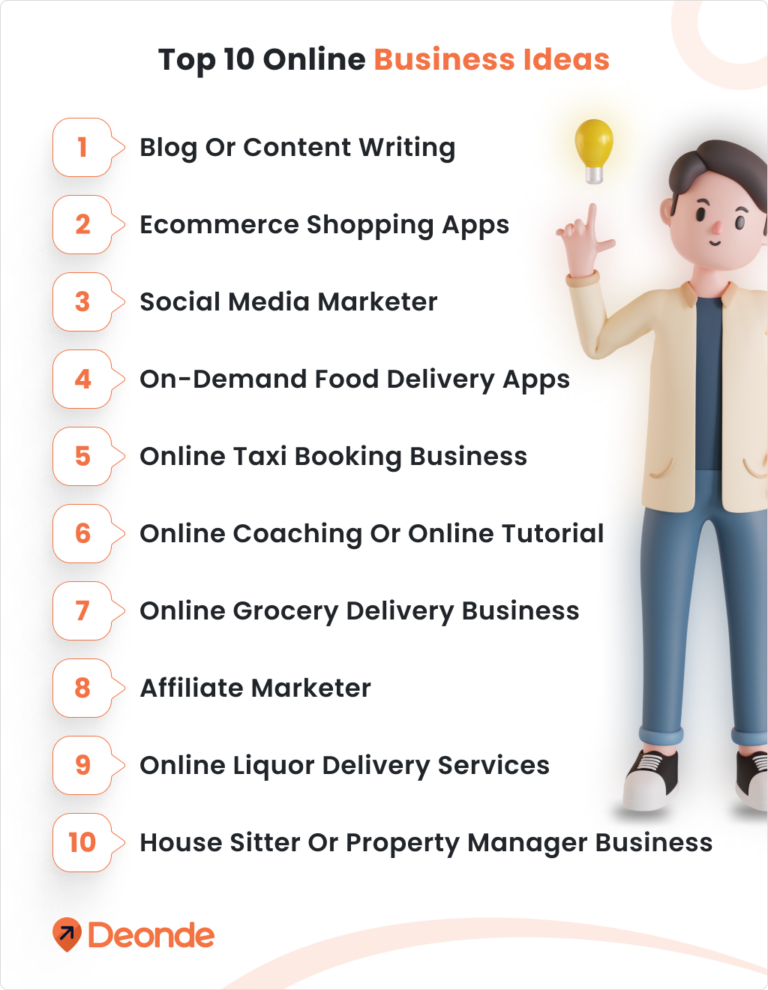The Best Remote Team Management Tools for Businesses: Enhance Collaboration and Productivity
Managing a remote team can be a challenge, but with the right remote team management tools, businesses can streamline communication, improve productivity, and maintain a strong team dynamic despite geographical barriers. In 2025, as remote work continues to rise, the need for effective tools to manage teams efficiently is more critical than ever.
This article will explore the best remote team management tools for businesses, helping you choose the right platform to optimize your remote team’s workflow, enhance communication, and ensure success. Whether you are managing a small team or leading a large enterprise, the right tools can make all the difference.
Project Management Tools: The Backbone of Remote Teams
Project management tools are essential for organizing tasks, tracking progress, and ensuring deadlines are met. Tools like Trello, Asana, and Monday.com offer intuitive interfaces that allow teams to collaborate, assign tasks, and track progress in real time. These platforms help businesses break down complex projects into manageable tasks, assign responsibilities, and monitor overall progress.
These tools often feature drag-and-drop functionalities, allowing remote teams to visualize workflows clearly. Whether it’s task management, time tracking, or collaborative brainstorming, project management tools offer an easy solution for keeping everyone on the same page.
Communication Platforms: Bridging the Gap
Effective communication is the foundation of any successful remote team. Without face-to-face interactions, clear and reliable communication tools become even more critical. Slack, Microsoft Teams, and Zoom are excellent communication platforms that help businesses keep their teams connected no matter where they are.
- Slack allows real-time messaging, file sharing, and the ability to organize conversations into channels based on different projects or topics.
- Microsoft Teams is a collaboration platform that integrates seamlessly with Office 365, offering messaging, video calls, file sharing, and even project management capabilities.
- Zoom is primarily used for video meetings but also offers chat features and screen sharing, making it ideal for team meetings, presentations, and one-on-one discussions.
These tools ensure smooth communication, reduce misunderstandings, and foster a sense of connectedness in remote environments.
Time and Productivity Tracking Tools: Keep Teams on Track
Tracking productivity and managing time effectively are vital to the success of remote teams. Time Doctor, Harvest, and Toggl are popular time tracking tools that help businesses monitor the time spent on tasks, ensuring efficiency and accountability.
- Time Doctor offers detailed reporting on the time spent on each task, which is ideal for project-based work and billable hours.
- Harvest provides time tracking with the added benefit of invoicing features, making it perfect for freelancers and small businesses.
- Toggl offers a simple interface for tracking time and generating reports that can be used for both personal productivity tracking and team-wide monitoring.
These tools also allow businesses to set realistic deadlines, track progress, and prevent burnout by ensuring workloads are evenly distributed across the team.
File Sharing and Document Collaboration: Ensuring Smooth Workflow
For remote teams, having an easy-to-use system for sharing files and collaborating on documents is essential. Platforms like Google Workspace, Dropbox, and OneDrive allow teams to store, share, and collaborate on documents in real time.
- Google Workspace provides tools like Google Docs, Sheets, and Slides, which are perfect for teams that need to collaborate on documents simultaneously, no matter where they are.
- Dropbox offers cloud storage solutions with simple file-sharing options, allowing teams to keep important documents in one place and access them anywhere.
- OneDrive, integrated with Microsoft 365, provides cloud storage with enhanced security features and seamless access to documents across different devices.
These platforms ensure that remote teams can easily access, edit, and collaborate on files, reducing the time spent on version control and communication about file locations.
Employee Engagement and Feedback Tools: Building a Strong Team Culture
Maintaining a positive and engaged team culture is essential, especially in a remote environment. 15Five, TinyPulse, and Culture Amp are tools that help businesses collect employee feedback, conduct surveys, and ensure that team members feel valued and heard.
- 15Five helps with employee performance management, offering tools for weekly check-ins, goal tracking, and feedback.
- TinyPulse enables anonymous surveys, allowing employees to voice their opinions without fear of judgment, fostering an open and transparent workplace.
- Culture Amp offers employee engagement surveys and feedback tools, giving teams valuable insights into morale and areas for improvement.
These tools help businesses monitor employee well-being, identify potential issues early, and make data-driven decisions to improve team dynamics and satisfaction.
Frequently Asked Questions (FAQs)
Q1: Why are remote team management tools important?
A1: Remote team management tools help streamline communication, track progress, manage time, and ensure smooth collaboration, which is crucial for businesses that rely on remote work.
Q2: Can remote team management tools help with employee engagement?
A2: Yes, tools like 15Five and TinyPulse can collect feedback from employees, improve communication, and build a positive team culture, even when working remotely.
Q3: What are the best tools for tracking time and productivity in remote teams?
A3: Popular tools for tracking time and productivity include Time Doctor, Harvest, and Toggl. These tools offer time tracking features, reporting, and invoicing to help businesses monitor remote employee performance.
Q4: How can businesses ensure effective communication in remote teams?
A4: Businesses can use communication tools like Slack, Microsoft Teams, and Zoom to keep team members connected, hold virtual meetings, and ensure clear communication.
Q5: What tools can help with document collaboration in remote teams?
A5: Tools like Google Workspace, Dropbox, and OneDrive provide easy-to-use platforms for storing, sharing, and collaborating on documents in real-time.
